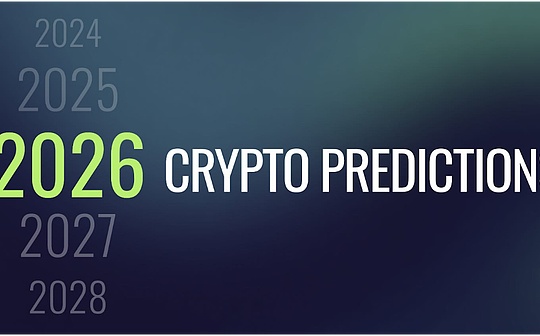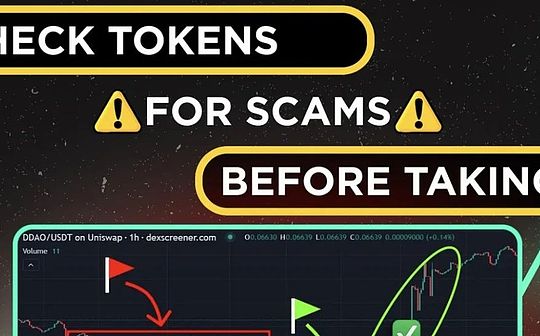
Modern blockchain is full of promises to make money and make money easily.However, knowing whether the tokens you hold are part of the scam that is carefully planned is crucial, the scam is designed to deceive your hard -earned money.As tens of thousands of different MEME currencies are issued regularly, it is becoming more and more difficult to determine whether the tokens are safe and not being fraud.
In this article, we will explore an effective way to check whether the tokens and projects are fraud.These methods can help you avoid fraud and increase the opportunity to achieve profit growth!
Start from the foundation
To check the legitimacy of tokens, you can always start with the easiest way to get, such as searching on Google and Twitter.This includes studying tokens and its teams, checking dangerous signals or warning signals, and finding reliable sources of information, such as official websites, news articles, and verified social media accounts.
View tokens on Twitter and Telegram
Verified Twitter accounts can usually help prove the legitimacy of the project.In addition, you can participate in the tokens discussions to understand the point of view and opinion of the community.
There are many projects with social media followers with caution.Automatic comments of junk accounts should also attract attention.If all comments are “this is a great project” and “the moon is coming”, be careful.
To view the tokens on Twitter, enter: $ Ticker in the search bar.
>
Or use #Token_name to find more information about the project:
>
If the tokens are recently launched, check the first news about the tokens first.For this reason, enter the $ TICKER in the search bar and roll to the bottom of the summary.
Generally, the first news about tokens comes from news robots or influential people, such as the following situations:
>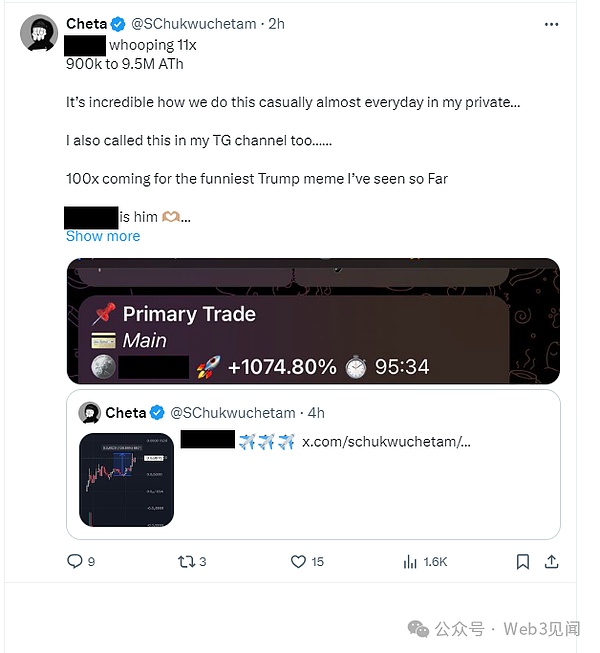
An important factor is to study the introduction of the project on Twitter.If it releases duplicate news and unified purchase appeal, the possibility of scam will increase.
To find tokens on Twitter, transfer to DexScreener and insert to tokens (for example, Ponke -non -financial advice):
>
In the upper right corner, you will see the website’s website, Twitter and Telegram.By visiting these links, you can study the project:
>
If you can’t find any project links (no website, Twitter or Telegram), this is a clear danger signal that indicates that fraud is more likely.
When analyzing the Telegram of the project, pay attention to the community’s attitude towards the project.If the community strongly believes and supports the project, this is a positive signal for potential short -term growth.
Check the token address in Google Search
If you search on the Internet, but you can’t find a clear homepage, “white paper” or token, then this is likely to be a scam.When you search for tokens, you should easily find links for block browsers, official websites and white paper.If not, please consider it as a dangerous signal.
In addition, please note that Google Advertising is usually a free area for fraud websites.Do not click on the top of Google search results.Be sure to make sure you access the official website to avoid clicking on the wallet cleaner or other hackers.
>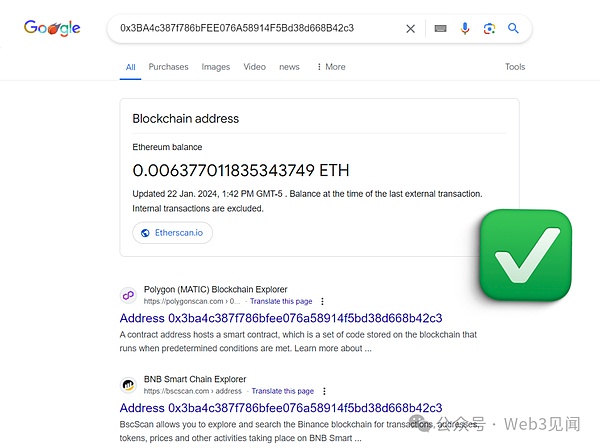
Check in Explorer
Visit the block browser selected, check whether the source code has been verified.For example, on Ethererscan in Ethereum, it looks like this.The code displayed below is not verified, which should be an obvious warning signal.If the code is not verified, you may be dealing with the scam.
>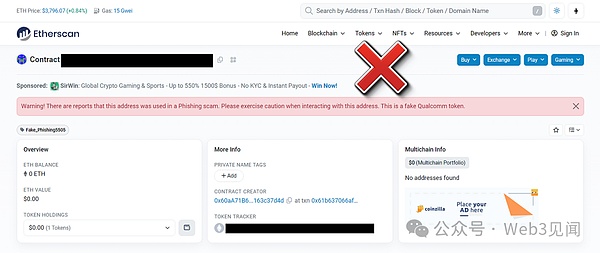
If you want to check the token deployed on another network, please use the following browser:
Base -https://baseScan.org/
Solanda —— https://solscan.io/
Ton – https://tonscan.org/
Bsc- https://bscscan.com/
Why don’t scammers verify their code?
Because once the source code of the contract is made public, everyone can understand the intentions behind the contract.Then they will see a ridiculous tax system or developers to steal all your tokens.
View the comment section
This is simple, but various block browsers usually have comments.In most cases, there is no comment, but if the project is a scam, you are likely to find a group of angry thugs in the comments part.So be sure to check it.If someone calls it a scam, 99%, it is a scam.If you have become a victim of this kind of activity, don’t hesitate to leave a comment.
When analyzing tokens, you can find the annotation part (examples on Etherscan) on this line, but for most tokens, it is hidden.
>
Check DAPPRADAR blacklist
DAPPRADAR allows the community to help identify fraud.Once you find it, you can add it to the token blacklist on GitHub.
In addition, if you are studying tokens, you can check the blacklist to see if your tokens are on the list.If the token address is on the list, then this tokens must be a scam.
Check out how many exchanges in the tokens are listed on the market
If the tokens are traded on a few decentralized exchanges (DEX), it is almost definitely a scam.Listing on the centralized exchange requires KYC and additional trust. The larger the exchange, the better the reputation of the listing tokens.
Does this mean that tokens that are listed on the decentralized exchange alone must be a scam?No.Some projects do not need a large amount of transaction volume. Other projects may only provide tokens to Web3 users without providing token traders.
Because most MEME coins show a significant increase before CEX, it is not a strict standard for token analysis on CEX.
However, cryptocurrencies listed on the decentralized exchange only represent higher -risk investment.
To find which exchanges list the token, transfer to Coingecko, enter the tokens in the “Search” column, and select “Market”:
>
If the tokens are at least on one CEX, it is a green signal.In this case, tokens list on CEX: Bybit, Bingx, Bitget, Gate.io:
>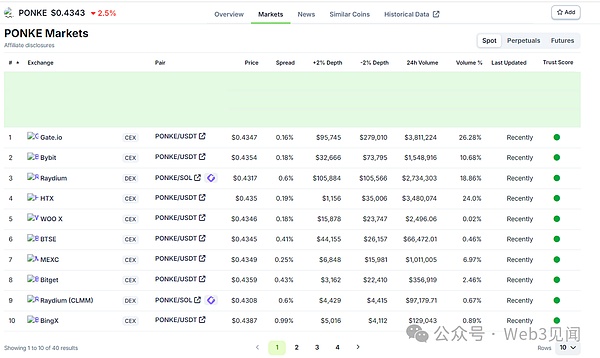
Check the amount of tokens
Before investing in tokens, you can check the overall demand and available liquidity.It is easy to check the liquidity of tokens on platforms such as Uniswap V2 or other decentralized exchanges.
Liquidity refers to the number of cryptocurrencies or tokens locked in smart contracts, which allows people to buy and sell assets through (decentralized) exchanges.If the liquidity is less than $ 100,000 or decreases sharply, you are likely to be in a scam.
You can check the liquidity amount on the well -known DexScreener. After entering the token contract, you can see the amount of liquidity in the middle part of the right:
>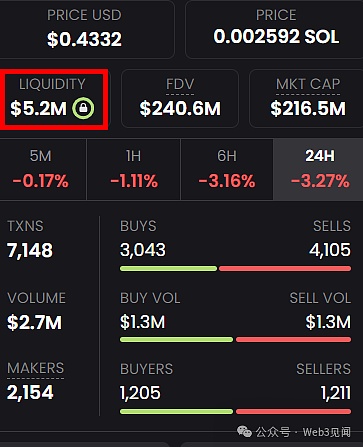
If the lock symbol in the green circle appears next to the liquidity, it means that the liquidity has been locked -this is another green logo of the project.
In addition, it is also important to consider complete dilution valuation (FDV) or market value.The larger these numbers, the greater the purchase amount required for token prices.
The good indicators of this type of currency are the amount of liquidity starting from 1 million US dollars, the age of the tokens for more than 2 days, and the liquidity/FDV ratio is about 1:10.
Check the third -party analysis tool
Here are some token analysis tools:
Smelling test -automatic review of tokens.The lower its score (100 points), the greater the possibility of tokens is a scam.
Check the tokens on the honeypot.Honeypots are smart contracts that deliberately create obvious software defects.When an attacker tries to use the vulnerability, it will trigger another hidden code, which is essentially an attacker.Whether you intend to be an encrypted hacker, you should always avoid honeypots.
Understand the basic knowledge of DexScreener
It records the current token price and helps you evaluate the real value of the tokens in real time and identify the main holders.
For example, to identify users who recently purchased tokens for token for more than $ 5,000, please click the “US dollar” at the bottom of the DexScreener:
>
The input amount is $ 5,000 (optional, you can specify the highest token purchase amount) and press “ENTER” or “Apply”:
>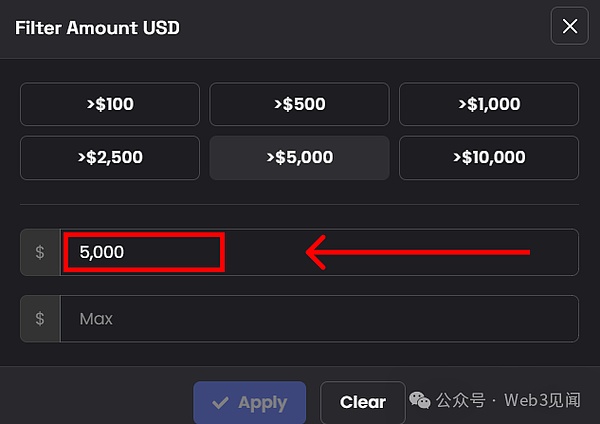
Since then, buyers who have recently purchased tokens who have recently purchased tokens will be displayed at a price of $ 5,000 or more:
>
You can also check the purchase area of some wallets.For this reason, please click the cup icon next to the required wallet, and then check all the purchasing area and token purchase level on the wallet chart:
>
>
Use de.fi anti -virus software to analyze tokens
DE.Fi is a project that recently distributed airdrops to its community. It acts as anti -virus software by evaluating token contracts and providing estimated security balances for tokens based on various parameters:
>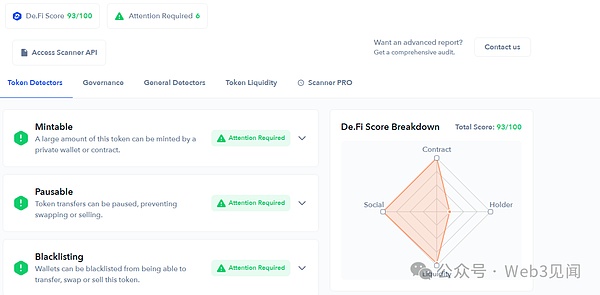
Use TTF BOT
This multi -functional robot can quickly automatically analyze tokens, which is very convenient for token hunters.Pay special attention to the liquidity of liquidity.If the liquidity is destroyed, it is a green signal.
In addition, please pay attention to the tax scale of tokens.If the tax is zero, this is a positive fact.
In addition, you also need to pay attention to the number of holders and the supply they occupy:
>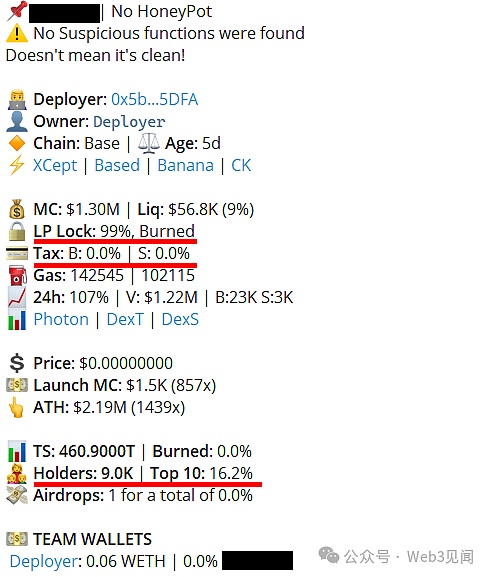
If the top 10 holders hold more than 30-50 % tokens, it is more likely to encounter a scam.
in conclusion
By using the above analysis tools, you can learn how to avoid fraud to tokens and profit from legal tokens.However, be sure to remember your own research (Dyor).

